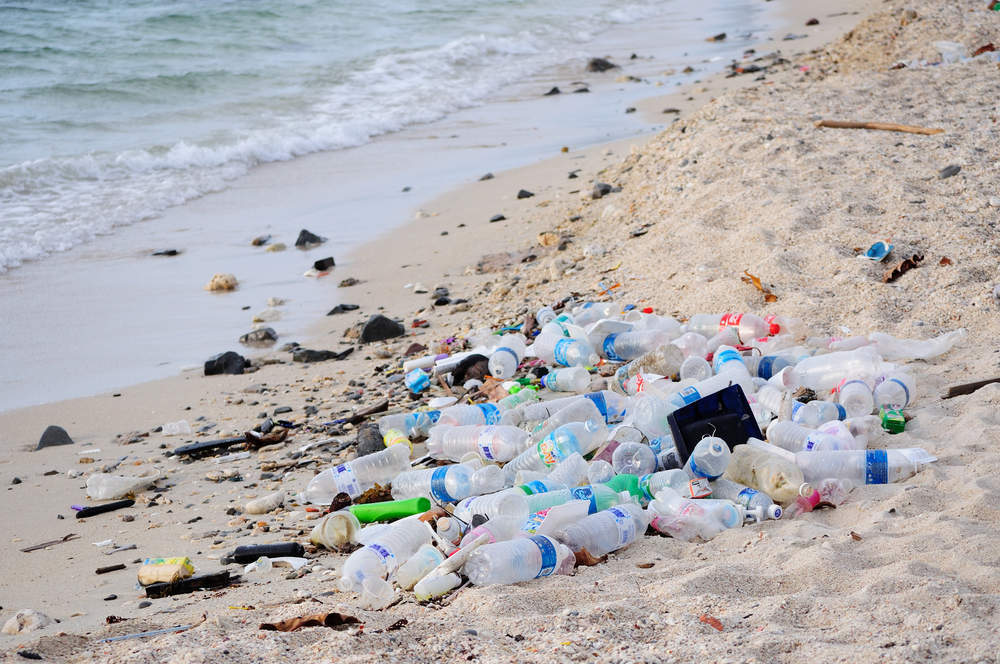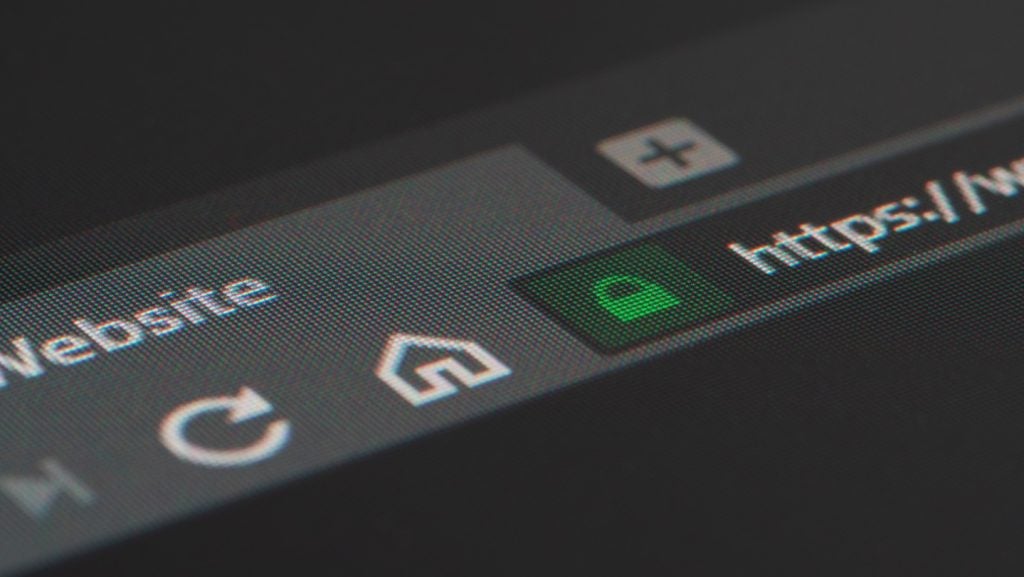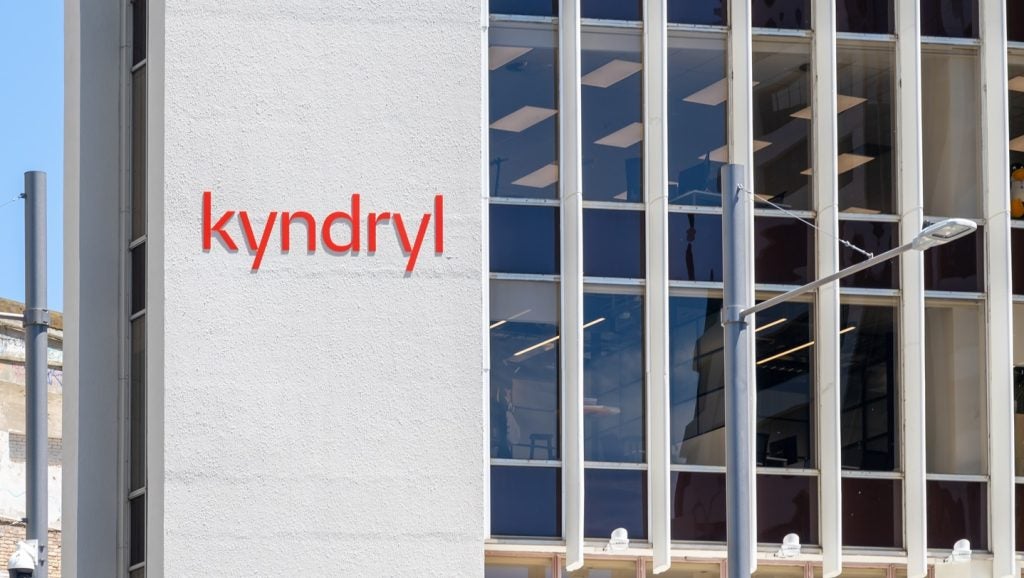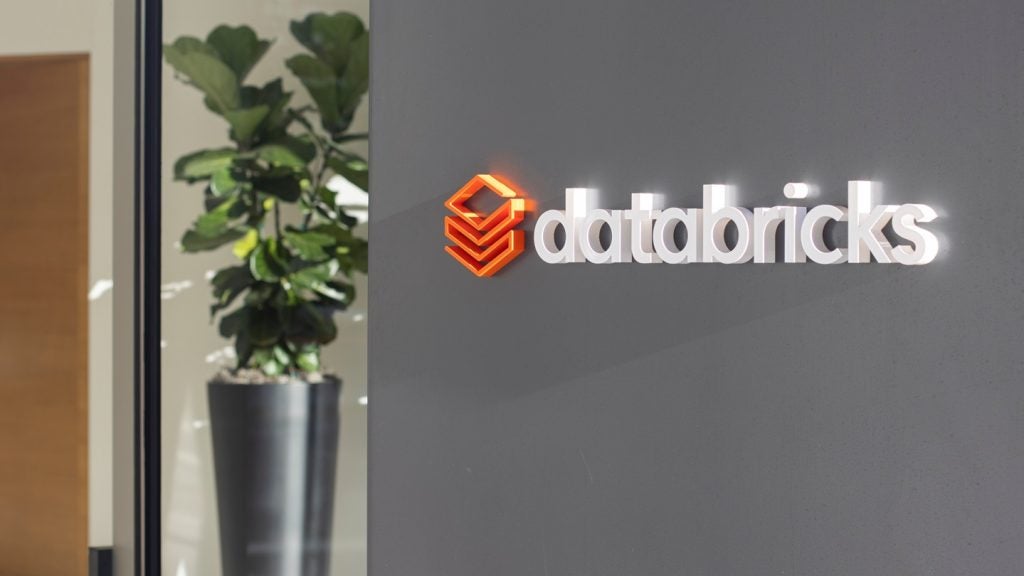
Europe’s plastic water bottle producers have today announced they intend to raise collection rates of plastic bottles to 90% by 2025 — from 60% currently — as they join the global war on plastic waste.
The European Federation of Bottled Waters (EFBW) said the goal will accelerate the shift towards a more circular European economy, improving recycling and cutting pollution.
The trade body’s goal is to collect 90% of all PET (polyethylene terephthalate) bottles by 2025, as an average across the European Union.
The average EU citizen drinks about 110 litres of bottled water a year, according to the EFBW.
EFBW president Jean-Pierre Deffis said:
Building on our longstanding sustainable approach to resource management, we are committed to achieving these industry-wide actions. PET drink bottles already achieve the highest recycling rate of any plastic packaging material in the EU. But even one bottle ending up as litter is one too many.
 GlobalData Strategic Intelligence
GlobalData Strategic IntelligenceUS Tariffs are shifting - will you react or anticipate?
Don’t let policy changes catch you off guard. Stay proactive with real-time data and expert analysis.
By GlobalDataIt will take a concerted, coordinated effort from many different value-chain actors to drive positive change. EFBW’s members are stepping up to lead the way.
The EFBW will also collaborate with the recycling industry to use at least 25% recycled PET in its water bottles by 2025, as an EU average, and will work with the Plastics Recyclers Europe (PRE) group.
PRE’s president Ton Emans said:
Over the last years the bottled water industry has been a front runner in PET circularity. Recyclers are eager to embark on this new journey. Today PET recyclers do not have enough feedstock to supply the market. The priority is to drastically improve collection and quality sorting.
Europe’s war on plastic has been spurred on this month by China’s decision to put strict limits on imports of foreign waste.
Of the 8.4 million tons of plastic EU citizens threw away in 2016, some six million ended up in China. Europe’s exports of plastic waste to China fell dramatically in 2017 ahead of a Chinese ban on imports of solid waste that took effect at the beginning of this year.
Meanwhile, the European Commission’s Plastics Strategy, announced in January, aims to make all plastic packaging recyclable or reusable by 2030, something that it says could create 200,000 jobs. The cost of this has been put as high as €16.6 billion.
Last month a UK survey found more than a fifth of people in the country do not use a reusable water bottle, or have lost one and not bothered to replace it.
Of the 2,138 people questioned by YouGov for Keep Britain Tidy and water filter maker Brita, more than half (55%) said they owned a reusable water bottle, 17% said they have one but do not regularly use it, while 2% have never used the one they own.







